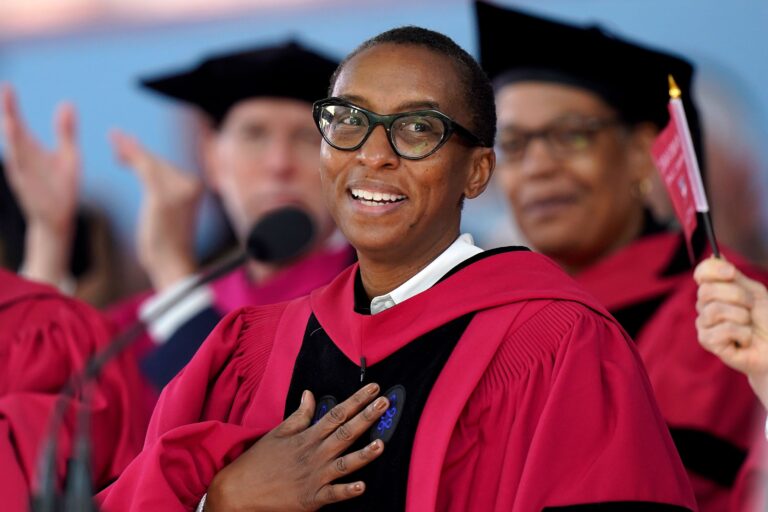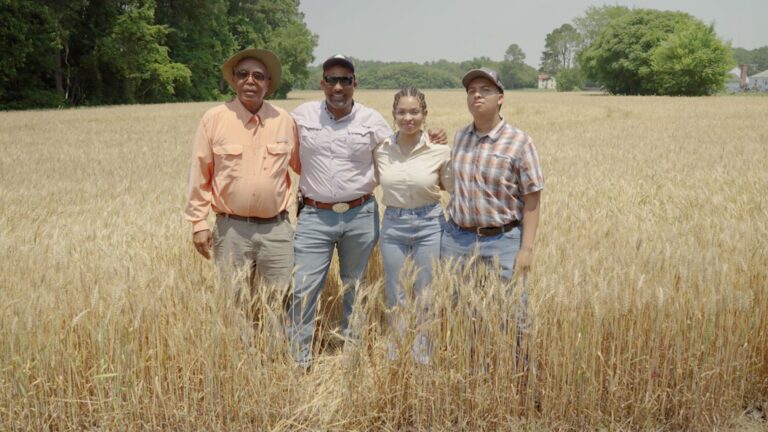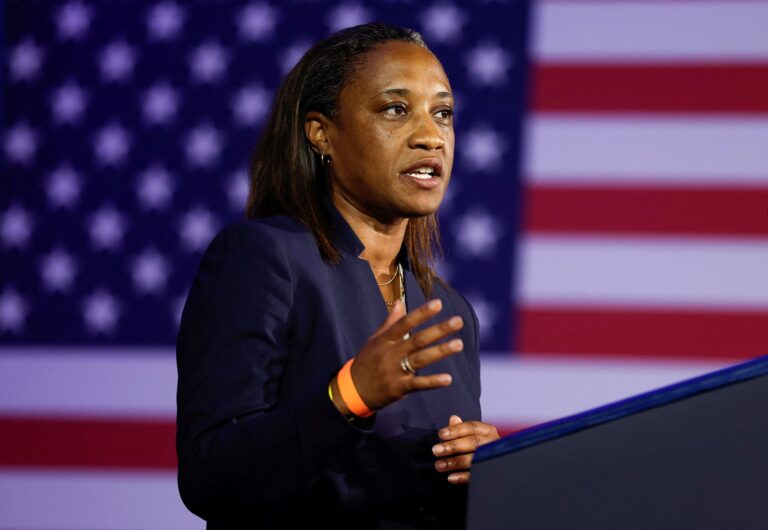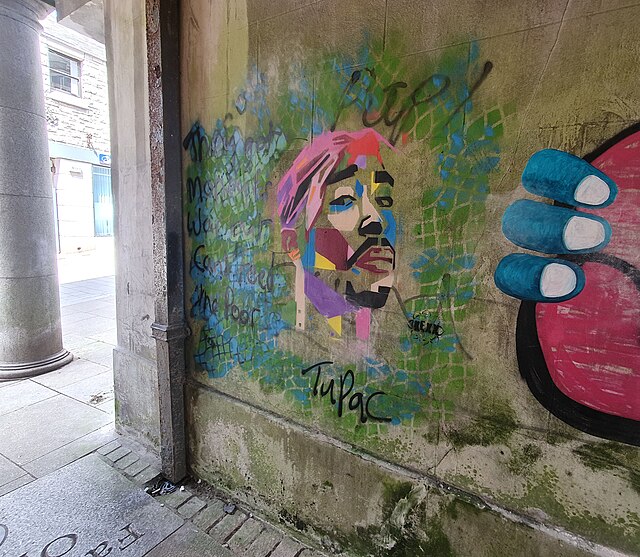By Chandelis Duster, CNN
Northumberland County, Virginia (CNN) — Everyday when PJ Haynie wakes up, he prays to God for two things.
“As farmers, we go out and as they say, we plant and pray,” Haynie said. “We plant a crop … we pray for rain; we pray for prices.”
It’s a hot Saturday morning and Haynie is sitting on the porch of his family’s farming office in Heathsville, Virginia. For years, he has prayed over his enterprise of crops here and a large rice mill, Arkansas River Rice, that his family co-owns more than a thousand miles away in Pine Bluff, Arkansas.
The family’s ties to land in Northumberland County, Virginia – and to farming – stretch back generations; back to when their ancestors were enslaved and forced to farm to fuel the American economy.
But now, Haynie said his family’s story has come full circle and he’s using those generations of agricultural knowledge to continue their legacy of feeding others, both at home and abroad.
The weight of his ancestors’ sacrifices hit the 45-year-old farmer hard, as he spoke to CNN.
“I teared up one day because I thought, ‘My ancestors came from Africa as slaves. I have been blessed with the ability to know how to grow crops and grow food here in America … and now we’re shipping rice back to Africa to help feed (the children) of my ancestors.’”
“It was a very emotional moment for me,” Haynie said.
According to the family, in 1867, Robert Haynie, freed from slavery, purchased 60 acres of land in Northumberland County, Virginia. That land has been passed down within the Haynie family for more than 150 years.
The Haynie family also has farming operations in Arkansas, where they grow rice, wheat, soybeans and corn. And when an opportunity came to expand the family business by purchasing an industrial rice mill in the state, Haynie said he “stepped out on faith.”
In December 2021, PJ Haynie, along with his father, Philip (Ricky) Haynie II, and their business partner bought the Arkansas River Rice mill.
“My grandfather would be rolling in his grave if he could see what we’re doing now,” Haynie said. “The only option he had was hauling [crops] five miles down the road and selling it to Perdue Farms or Southern States back then.”
An alternative food source
As many countries endure food insecurity – exacerbated by the war in Ukraine – the US has stepped up to meet the increased global need for agriculture products like rice, Daniel Whitley, Foreign Agricultural Service administrator for the US Department of Agriculture, told CNN.
“Whenever there’s a crisis, American agriculture is always one of the first to be called upon and one of the first to respond and this situation has been no different,” Whitley said.
“The war in Ukraine has led to an increase in food security concerns, and many of those countries are interested in finding alternative sources for products they may have gotten out of that region of the world.”
The Haynie family is hoping their rice mill can be counted among those alternative sources.
In 2022, the US exported $1.7 billion (2 million metric tons) of rice, according to the USDA. That grain is produced primarily in four regions, including parts of the Gulf Coast and California’s Sacramento Valley.
Arkansas, where the Haynie’s rice mill is located, produces the most rice of any state in the country and Arkansas River Rice is one of the few Black-owned mills in the US.
By creating more export opportunities for farmers of color, Whitley said the USDA also hopes to boost inclusivity in its programs and reduce inequality.
Many Black-owned agriculture businesses and Black farmers, Whitley added, have not had the opportunity to export their products abroad on the scale the Haynie family has, which makes the Arkansas River Rice mill rare.
That is something PJ Haynie said he takes pride in, and he hopes to pass that pride down to the next generation of Haynie farmers.
Arkansas River Rice can process 22 metric tons of rice in an hour, which Haynie told CNN is the equivalent of an 18-wheel tractor trailer filled with rice. A year after opening, the company secured two contracts from the USDA’s Foreign Agricultural Service to export rice internationally for humanitarian aid, he said.
Arkansas River Rice has shipped hundreds of metric tons of rice to address food insecurity in the Central African Republic and Kyrgyzstan this year.
As he thought about the impact his family’s grain would have on countries around the world, PJ Haynie recalled a moment with his 21-year-old daughter, Colette, when she first visited the mill.
“She said, ‘Dad, this is pretty cool. We could help feed people with this thing.’ And that was an emotional punch to the stomach that I wasn’t expecting,” he told CNN.
Harvesting ancestral knowledge
Long before they were captured and sold into bondage, Haynie’s West African ancestors grew a variety of rice in their homeland called Oryza glaberrima.
Commonly known as African rice, the grain, ranging from a reddish-brown to black or purple hue, was domesticated more than 3,000 years ago, UCLA geography professor Judith Carney told CNN.
Carney, who has studied African ecology and food systems for more than 35 years, traced the journey of rice from West Africa to the Americas in her book “Black Rice: The African Origins of Rice Cultivation in the Americas.”
Her research shows Oryza glaberrima was the first rice brought to the Americas.
“African rice likely led the way for the plantation system based on the crop in the Carolina colony,” she told CNN. “By the end of the 17th century, planters were accessing rice occasionally left over from slave voyages to plant and contacting ship captains requesting seed from Asian rice societies.”
When enslaved people were brought to the Carolina wetlands, they were forced to clear dense forests to grow rice, as well as their own food. Carney said White enslavers appropriated the knowledge curated by African rice growers and forced them to plant new, higher yielding varieties of rice brought from other countries.
To meet demand for the crop, enslaved Africans milled the rice by hand in a wooden mortar with a pestle until the mid-eighteenth century when mechanical milling devices were invented, Carney said.
According to Carney, milling rice by hand combined with hours of exertion and high demand for the grain was grueling and contributed to the death of many enslaved Africans.
Plantation owners in the Carolinas, Georgia, and northern Florida “profited mightily” from a farming system perfected by West Africans, Carney said.
The Haynie family believes their ancestor Robert, born enslaved, left them a legacy of land ownership so they would not endure the same oppression he experienced and could have a better life.
“He wanted to leave his children something; somewhere that they would have a place over their head,” Philip (Ricky) Haynie II, 69, said of his great-grandfather.
“He set an example and a lesson for them.”
Building a legacy for the future
In 1920, there were 925,708 Black farmers in the United States. By 2017, that number had dwindled to only 48,697 – roughly 1.4% of all 3.4 million US farmers – according to the most recent USDA census of agriculture.
PJ Haynie and his family, like thousands of other Black farmers, have battled racism and discrimination across generations to maintain both their land and farming businesses.
Haynie said his family has faced threats from White farmers and recalled a time he was intimidated by a White USDA employee when inquiring about loan options.
The USDA has begun making progress in its efforts to remedy decades of mistreatment experienced by farmers of color like the Haynie family.
The agency has paid out more than a billion dollars in financial relief to farmers who have faced discriminatory lending practices and recently extended its deadline for farmers to apply for relief.
Standing in a field next to the family farming office, PJ and his father explain the wheat harvesting process to Philip Haynie IV, 19, and Colette.
Holding kernels of wheat, Colette and Philip listen intently as their father and grandfather explain how to preserve the grain to yield the best quality for good prices.
The Haynie family hopes to one day sell their rice and other farm products directly in stores.
They also hope owning the rice mill will encourage other Black farmers and young people to pursue farming careers. But for now, their focus is on ensuring they can do their part to help alleviate hunger around the world.
PJ said he feels fortunate his ancestors paved the way for him to become a farmer and wants to do the same for future generations.
“My family has given me the ability and the confidence … to go out a thousand miles away, to put our stake in the ground and grow,” he said.
“And now we’re very blessed to be able to grow crops in two states and be part of a processing facility where we can process rice and help feed the needs of the world and feed those that are hungry.”
The-CNN-Wire
™ & © 2023 Cable News Network, Inc., a Warner Bros. Discovery Company. All rights reserved.








